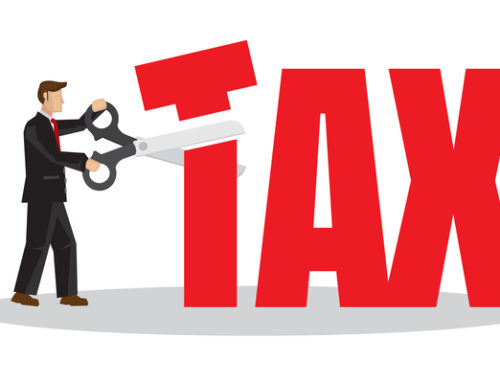Business owners may be able to reduce their taxable income through the implementation of retirement plans. A trusted financial advisor can help create and implement a customized retirement plan for you and your business.
In this blog, we break out several retirement plans that can allow you to put more money back into your business.
Retirement Plans
Simplified Employee Pension (SEP) Contributions
A SEP Individual Retirement Plan can only be opened and funded by employers. They may allow business owners to provide retirement benefits for themselves, while doing the same for their employees. Three years from the plan start date the investment percentage must be the same for employees as for the owner. All contributions are tax deductible, even those made to owner accounts.
Per IRS.gov, contributions cannot exceed the lesser of 25% of salary compensation or $66,000 in 2023 (with an additional catch up of $3,500 if over 50 years old).
401(k) and Employer Sponsored Plans
Traditional 401(k): A retirement plan that allows you to invest part of your income, using pre-tax contributions. This can help increase your tax-deferred investments during your career. At retirement, the withdrawals will be taxed at the ordinary income tax rate. All contributions are tax deductible, even those made to owner accounts.
Roth 401(k): Like a Traditional 401(k), except that contributions are made with after-tax dollars and are not deductible. Also, there is no required minimum distribution (RMD). The investments grow tax-free, and the withdrawals will not be taxed when they are distributed to the investor.
- 401(k) Options: As a business owner, you can match employee contributions. There may be a waiting period to begin contributions, and you can deduct the amount of the employer contribution. The percentage match must be the same for all employees, including the owners. The IRS incentivizes companies with less than 100 employees to create 401(k)s by offering money to offset startup costs.
- The maximum contribution is, $22,500 for those under 50. For those 50 and older, there is a catch-up provision that allows for an additional $7,500 contribution bringing the total to $30,000.
Defined Benefits (DB) Plans
These plans provide predetermined payments to employees upon retirement or termination of employment. The payments are decided by many factors, including the number of years employed, earning history and age. A few requirements to take into consideration with defined benefits plans:
- All plans must be set up with a third-party administrator (TPA) and can therefore be costly.
- Depending on the age of participants, employer contributions can be quite large.
- Typically, this is most efficient for owners in their late 40s to early 50s.
- There is a lifetime cap for deductibility.
- Employees do not have to be included in the plan (this is determined by the TPA and the owner).
Individual 401(k)
An Individual 401(k) – also known as a solo 401(k) – is a retirement plan that can maximize your savings if you are self-employed or if you are a partner in a business whose only employees are the partners and their spouses.
- The business owner can contribute as both an employer and an employee.
- Employer contributions can be up to 25% of compensation, not to exceed $66,000 for the 2023 tax year.
- Contributions are generally deductible as a business expense and are not required every year. When the contributions are made, however, all participants must receive the same percentage.
The Trost Financial team is available to work with you and your CPA to determine the most suitable option for your business.




